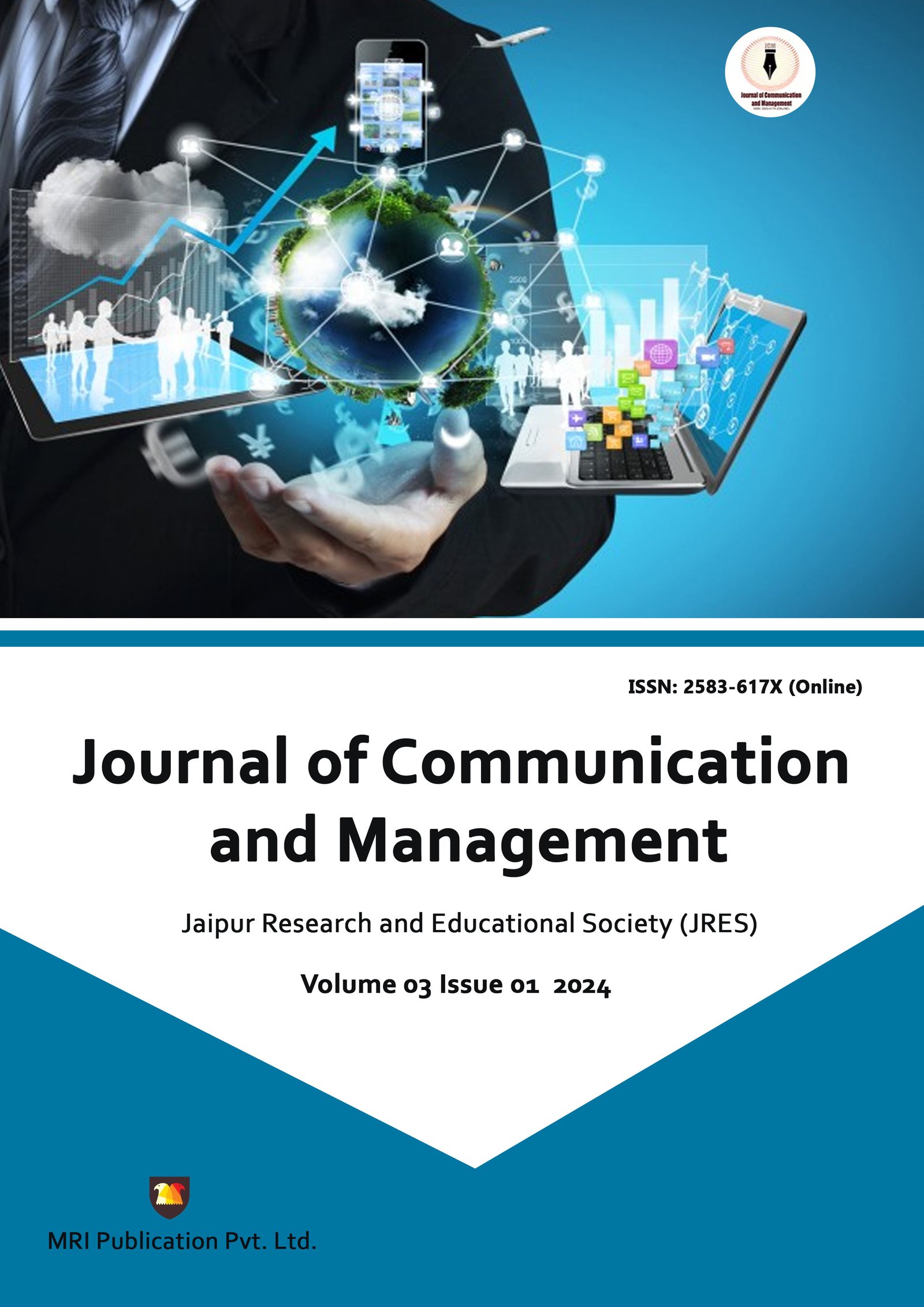Exploring Water Scarcity Through the Lens of Ecocinema: A Review of the film Kaun Kitney Pani Mein
DOI:
https://doi.org/10.58966/JCM20243110Keywords:
water scarcity, ecocinema, cinema, thematic analysisAbstract
This research delves into the unique portrayal of water scarcity through satire in the ecocinema ‘Kaun Kitney Pani Mein’ (2015). Employing narrative analysis, the study examines the narrative strategies and thematic elements used to address the pressing issue of water scarcity within the satirical framework of the film. Through an exploration of plot dynamics and dialogue, the research uncovers the underlying socio-political commentary embedded in the narrative. The study highlights the significance of eco-cinema as a medium for environmental discourse and social critique, shedding light on its potential to provoke critical reflection and inspire collective action. By analyzing ‘Kaun Kitney Pani Mein’ (2015) through the lens of satire, this research contributes to a deeper understanding of how art and cinema can serve as powerful tools for raising awareness and catalyzing change in environmental discourse.
References
Bharali, B. (2014). Old Man River and A River Story: ‘Eco-cinema’ in Northeast India. IOSR Journal of Humanities and Social Science. 19. 44-51. https://doi.org/10.9790/0837-191224451
Bhattacharya, P. (2020). Social Dynamics of Hindi Eco-cinema and the Politics of Water. Handbook of Research on Social and Cultural Dynamics in Indian Cinema, IGI Global. https://doi.org/10.4018/978-1-7998-3511-0.ch001
Curtin, D. (1999). Chinnagounder’s Challenge: The Question of Ecological Citizenship. Bloomington: Indiana University Press.
Gupta, S. (2015, August 28). ‘Kaun Kitney Paani Mein’ Review: Saurabh Shukla is spot on, too badthe film is not. The Indian Express. Retrieved from https://indianexpress.com/article/entertainment/moviereview/kaunkitnepaanimeinreviewkunalkapoorsaurabhshuklaradhikaapte/
Kaun Kitney Paani Mein is a satire: Director Nila Madhab Panda. (2015, August 26). The Indian Express. Retrieved from https://indianexpress.com/article/entertainment/bollywood/kaunkitnepaanimeinisasatiredirectornilamadhabpanda/
Malm, A., and A. Hornborg. (2014). The Geology of Mankind? A Critique of the Anthropocene Narrative. The Anthropocene Review. 1 (1): 62–69. https://doi.org/10.1177/2053019613516291
Neimanis, A., Cecilia A., and Johan H. (2015). Four Problems, Four Directions for Environmental Humanities: Toward Critical Posthumanities for the Anthropocene. Ethics and the Environment. 20.1, pp. 67-97. https://www.jstor.org/stable/10.2979/ethicsenviro.20.1.67
O’Brien, A. (2018). Film and the Natural Environment: Elements and Atmospheres. Columbia University Press. http://www.jstor.org/stable/10.7312/obri18265
Panda, N. M. (Director). (2015). Kaun Kitney Paani Mein [DVD]. India: One Drop Foundation
Rana, Mamta & Guleria, Vishal. (2018). Water Scarcity in India: A Threat to Sustainable Management of Water. 9. 35-44. https://doi.org/10.31786/09756272.18.9.2.206
Takach, G. (2022). Eco-comedy. Environmental Humanities; 14 (2): 371–374. https://doi.org/10.1215/22011919-9712445





